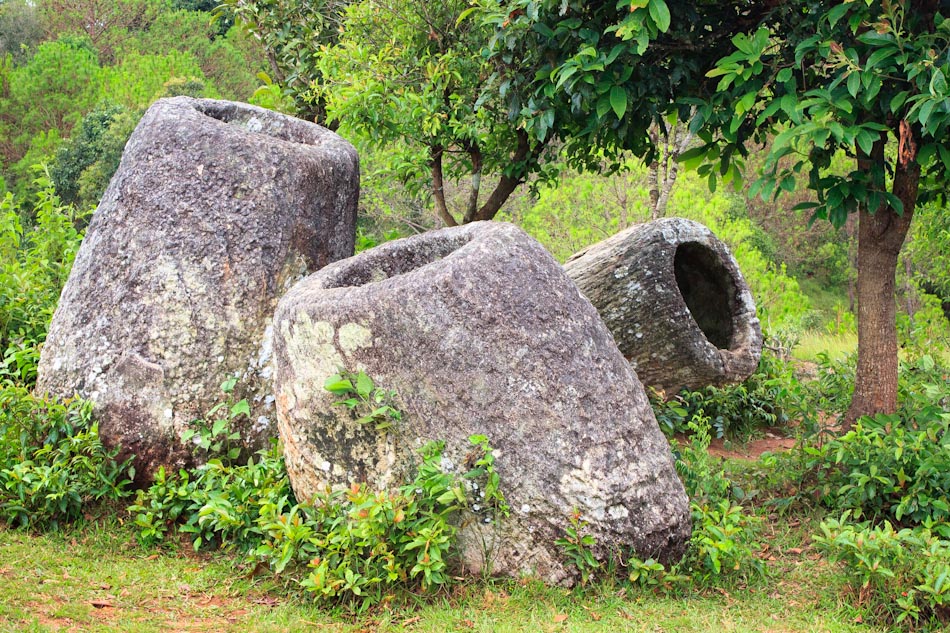Little is known of the people who carved the huge sandstone containers that give the Plain of Jars its name and they remain an enigma. Who made them? How did they get here? And what are they for?
All that remains of an ancient civilisation
As such they are this region’s main draw as archaeologists struggle to explain why thousands of large stone jars litter the plateau. Estimated to be over 2,000 years old and up to 3.5 metres tall they are all that remain of an ancient civilisation. These plains have been the centre of battles throughout history and it's thought that there were funerary urns. Ringed by mountains, it’s a magnificent place to spend eternity. There are plenty of other more colourful theories and no doubt your guide will have their own.
civilisation. These plains have been the centre of battles throughout history and it's thought that there were funerary urns. Ringed by mountains, it’s a magnificent place to spend eternity. There are plenty of other more colourful theories and no doubt your guide will have their own.
The other side to the region’s beautiful landscape are the brutal scars of American bombing that devastated the whole region. Any tour will also include a visit to the ruined capital of Muang Khoun, bombed to destruction by the Americans and nearby villages, home to the Hmong hill tribe and Tai Dam people.
Perfect Addition to Overland Tour
Located in pretty much the centre of the country to the south east of Luang Prabang and north east of Vientiane, a visit here is usually included in an overland tour between these two destinations or for the more intrepid, on the way across the mountains to Vietnam.
Travelling to the Plain of Jars involves time in the car, but as such offers you a chance to experience the real country, a beautiful world far removed from ours. For example leave Luang Prabang and it's pretty much uphill all the way, semi tropical vegetation slowly becoming more alpine as you climb to over 1,000 metres. The higher you go the better the scenery as you soak up superb panoramic views across the vast high plateau and down into the valleys. The landscape is quite unique in Laos, partly due to the elevation and the hotels even have open fires to keep you warm in winter months.
Another unique experience to include in your next holiday to Laos.

